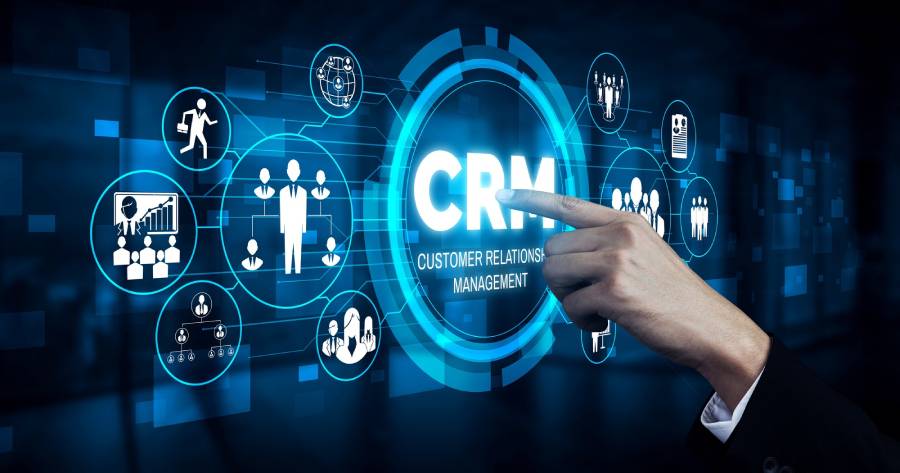Last Updated on 3 years ago by Nicky Johnson
The need for training and onboarding has never been greater than now, with the COVID-19 pandemic sweeping across industries. These measures were done online before this crisis began; many companies rely heavily on learning management systems (LMS) to provide employees/customers with the necessary education and training.
These LMSs are critical in assisting organizations in training their employees, increasing productivity, product or service knowledge, and ultimately advancing their career path. It allows for tailored training delivery to increase employee engagement while keeping employees motivated. So, how does Salesforce learning management system integration help your organization’s skilling requirements? Let’s go exploring.

Salesforce LMS integration:
Blog Contents
The LMS-Salesforce is a cloud-based application that helps you deliver eLearning content to your employees. It also provides you with the tools to manage and track employee progress and create custom reports. For example, you can use it to:
- Create and deliver eLearning content
- Upload and manage documents
- Manage employee progress
- Create custom reports
It is critical for organizations that want to stay ahead of the curve and provide their employees with the best possible learning experience. By integrating your LMS Salesforce with your organization’s existing learning system, you’ll be able to take advantage of all the features and benefits.
LMS-Salesforce integration features:
1. Single sign-on (SSO):
One of the most notable features of Salesforce learning management system integration is its single sign-on (SSO) capabilities. This shows that your employees will be able to access the LMS Salesforce with their existing login credentials (username and password). This will make it easier for them to access the learning content, as they won’t have to remember multiple sets of login credentials.
2. Automatic enrollment:
Efficiently and automatically enroll employees in learning courses using Salesforce criteria. When new employees join the organization, this system automatically enrolls them in specific courses and allows them to access training without explicitly enrolling in those courses.
3. Curated learning content:
With this new system in place, you’ll have the ability to curate learning content from various sources (including Salesforce) and deliver it to your employees in a single place. This will enable them to find the courses they need and save you time for creating and managing training content.
4. User provisioning and synchronization:
You can automatically provision and synchronize users between the two systems. When a new employee is added to Salesforce, they’ll automatically be added to the LMS.
5. Rich reporting:
The integration offers rich reporting capabilities, which will allow you to track employee progress and performance. You’ll see which employees struggle with particular courses, and you can adjust the content accordingly.
6. Customizable:
The integration is highly customizable, so you can tailor it to fit your organization’s specific needs. You can add or remove features and change the look and feel of the interface to match your company’s branding.
7. Cost-effective:
One of the best things about Salesforce learning management system integration is a cost-effective solution. There is no need to purchase separate licenses for the two systems, and you’ll be able to take advantage of all the features and benefits without breaking the bank.
8. Flexible:
The integration is flexible, using it with any LMS that supports Salesforce. You can use the same integration for multiple LMSs and even use it with on-premise solutions.
9. Scalable:
The integration is scalable, which means it can grow with your organization. As your company grows, you’ll be able to add more users and courses without worrying about the system becoming overloaded.
Now that you know why Salesforce LMS integration is the future of learning management systems, it’s time to take advantage of all it offers.
If you’re looking for a way to improve the efficiency of your organization’s training process, then this might be the right solution for you.







